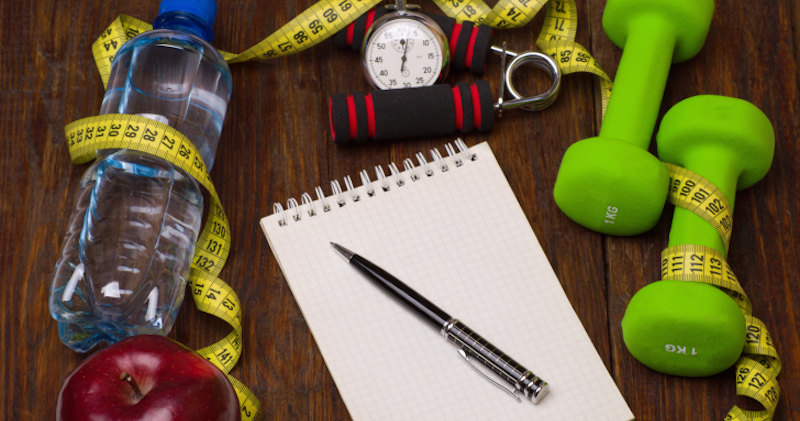8 Workout Tips for People with Diabetes. Having Type 2 Diabetes means that you have too much glucose in your blood either because you don’t produce enough insulin to process it or because your body doesn’t use insulin properly.
Exercise is safe—and highly recommended—for most people with diabetes, including those with complications. Along with diet and medication, workouts will help you lower blood sugar, control your diabetes and lose weight. It is essential to control your blood glucose if you want to prevent long term complications such heart and kidney disease.
However, the prospect of daily exercise might be intimidating. If you’re like many newly diagnosed type 2 diabetics, you may not have exercised in years. If that’s the case, it’s fine to start slow and work up. These tips will help you ease back into exercise and find a workout plan that works for you.
Here are 8 Workout Tips for People with Diabetes:
-
Talk to your doctor
Bring along a list of all types of exercises that you are interested in, from there a medical exam and tests will determine which you are able to do without causing harmful complications.
-
Check your blood sugar
Always check your blood sugar before and straight after exercise to avoid potential problems.
-
Be consistent
Try and exercise at the same time and for the same length of time to keep your blood sugars consistent and in the same range. Try brief workouts, not longer than 30 minutes.
-
Don’t be a hero
Strenuous exercise can weaken blood vessels in the eyes and feet, both are common diabetic disorders. Always wear comfortable shoes and socks and protect your eyes when training in the elements.
-
Drink water
Staying hydrated throughout your workout is key so be sure to drink plenty of water prior, during and post workout.
-
Take a snack
If you have a sugar dip you will need a snack to bring your levels back up. You can have anything from a snack bar, small box of raisins or glucose gel.
-
Warm up and stretch
Getting your body warm before you exercise helps with decreasing your insulin resistance so that your muscles can get the glucose that they need. Stretching signals your body to return to resting heart rate.
-
Wear a medical bracelet
In case of an emergency a medical bracelet will advise others how to help you.



